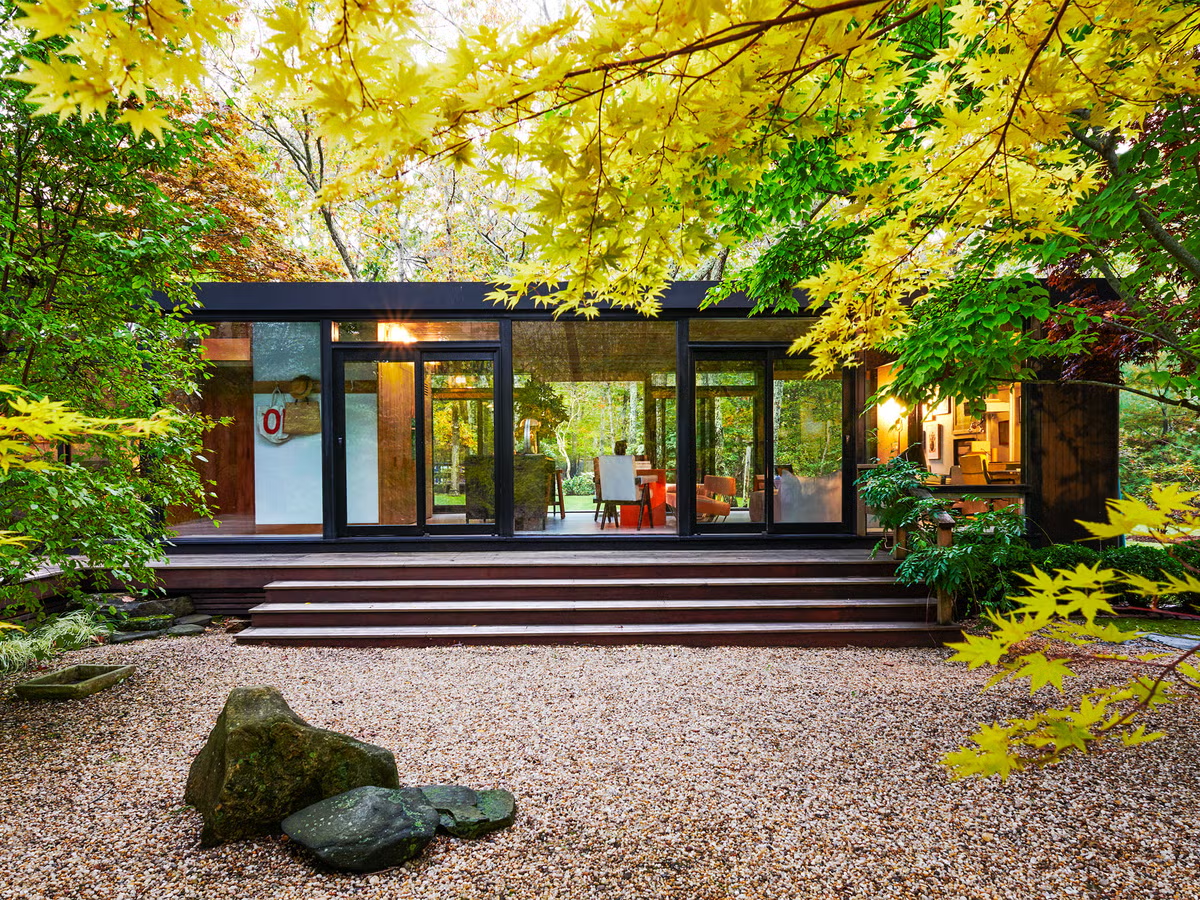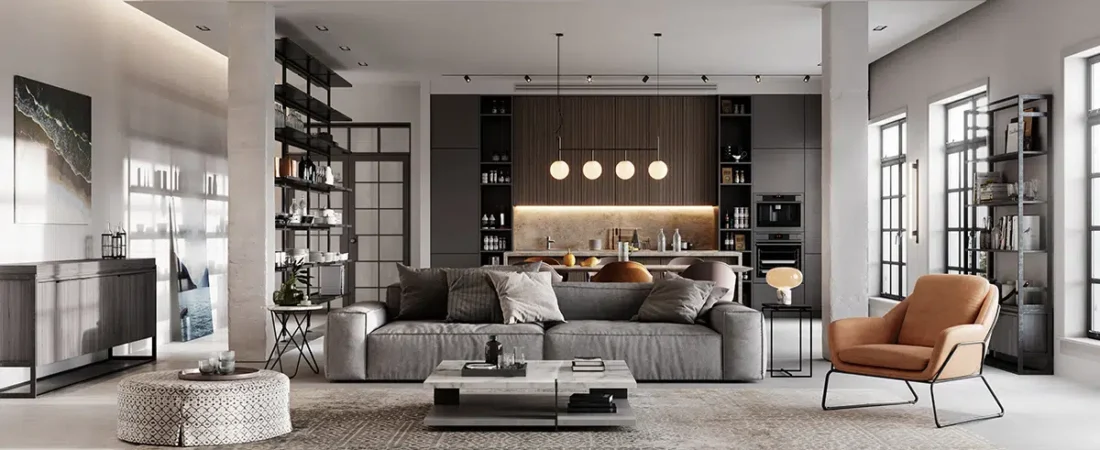
Modern home design with clean lines, wood, and glass architecture
1. Embracing Minimalism with Warmth
Minimalism continues to dominate modern home design, but 2025 introduces warmth and personality. Instead of stark white spaces, homeowners now favor soft neutrals, natural textures, and cozy layers that make minimalism feel livable.
Neutral Palettes and Textured Finishes
Beige, soft gray, and clay tones replace pure white, while textured materials like linen, rattan, and wood grain add depth. This approach brings harmony and calmness without feeling sterile.

Minimalist home interior with beige tones and wood textures
2. Smart Home Technology Integration
Technology is now an invisible yet essential part of modern home design. Home automation, voice assistants, and energy-efficient systems make living easier and more personalized.
AI and IoT for Smarter Living
From lighting that adjusts automatically to smart thermostats that learn your habits, 2025 homes blend intelligence with aesthetics. The goal is seamless integration — tech that works quietly in the background.
3. Biophilic Design and Natural Light
Connecting with nature remains a central theme in modern homes. Large windows, indoor plants, and organic materials help bridge the gap between indoors and outdoors — improving both mental and physical well-being.
Design with Natural Flow
Architects now prioritize open layouts, skylights, and greenery integration to create a living environment that feels alive. These elements not only look beautiful but also reduce stress and increase productivity.

Biophilic home design with natural light and indoor plants
4. Sustainable Materials and Energy Efficiency
In 2025, sustainability isn’t optional — it’s essential. Recycled wood, low-VOC paints, and energy-saving designs define the future of modern home design.
Building for the Future
Green roofs, solar panels, and rainwater systems are now common features in eco-conscious homes. These innovations save energy and enhance long-term property value.
5. Multi-Functional Living Spaces
Modern homes are becoming more adaptive — one room now serves multiple purposes. Open-concept designs with flexible furniture allow homeowners to shift between work, rest, and play effortlessly.
Smart Zoning and Hidden Storage
Built-in cabinetry, sliding partitions, and convertible furniture help maximize functionality while maintaining visual clarity — a core principle of modern home living.

Multi-functional modern living room with modular furniture
How to Apply Modern Design in Your Home
Start small: update lighting fixtures, replace heavy curtains with sheer fabrics, and introduce natural textures like stone or bamboo. Even minor changes can bring a sense of modern refinement to your space.





